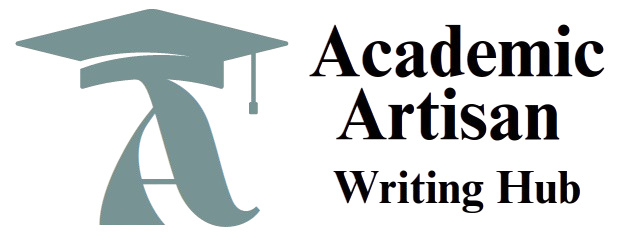WhatsApp Number: +1(249) 265-0080
Autism History Impact
Discuss the importance of understanding the history and background of autism and how it has impacted ABA treatments for autism and the general guiding philosophy of ABA programs? What has the history of autism taught us about pseudoscience like refrigerator mothers?
Check our essay writing services here
Autism History Impact
Understanding the history and background of autism is crucial in shaping how we approach treatment methods, especially Applied Behavior Analysis (ABA) therapies. Over time, the understanding of autism has evolved from early misconceptions and stigmas to more informed, evidence-based approaches.
Impact on ABA Treatments for Autism:
Applied Behavior Analysis (ABA) is a widely used and evidence-supported approach for treating autism spectrum disorder (ASD). Its development has been influenced by shifting views of autism, from initial theories about the disorder’s origins to current, scientifically grounded understanding. In the 20th century, autism was often misunderstood, with theories such as the “refrigerator mother” hypothesis claiming that cold, unloving mothers caused autism in their children. This harmful notion was based on an erroneous psychological understanding that placed blame on parenting styles rather than seeking biological or neurological explanations.
ABA emerged as a method to apply behaviorist principles to modify behaviors and skills. Early ABA treatments focused heavily on teaching children with autism specific behaviors and skills in a controlled environment. Over the years, the approach has become more refined, integrating individualized strategies based on functional assessments of behavior and a more holistic, person-centered approach. Today, ABA emphasizes not only behavioral changes but also the importance of teaching functional skills to improve quality of life, focusing on social, communication, and adaptive skills.
History of Autism and its Teachings:
The history of autism has taught us much about the dangers of pseudoscience, particularly the “refrigerator mother” theory. First proposed by psychoanalyst Bruno Bettelheim in the 1960s, this theory suggested that autism was a result of emotionally distant and unloving mothers. The concept was thoroughly debunked, but for many years, it led to significant emotional harm for parents, especially mothers, who were blamed for their children’s condition.
The “refrigerator mother” theory and similar pseudoscientific ideas highlight the importance of basing treatments on evidence rather than societal myths or biases. The debunking of this theory marks a critical point in understanding autism as a neurological condition, leading to better treatments and advocacy for individuals on the spectrum. It also demonstrated how pseudoscientific theories can misdirect resources and energy, delaying appropriate support for both patients and their families.
Conclusion:
By understanding the history of autism and the evolution of treatment approaches like ABA, we are better equipped to provide scientifically backed, empathetic care. The history also underscores the importance of continuously questioning outdated or unproven theories, emphasizing the need for a research-driven, respectful approach to both the diagnosis and treatment of autism.


